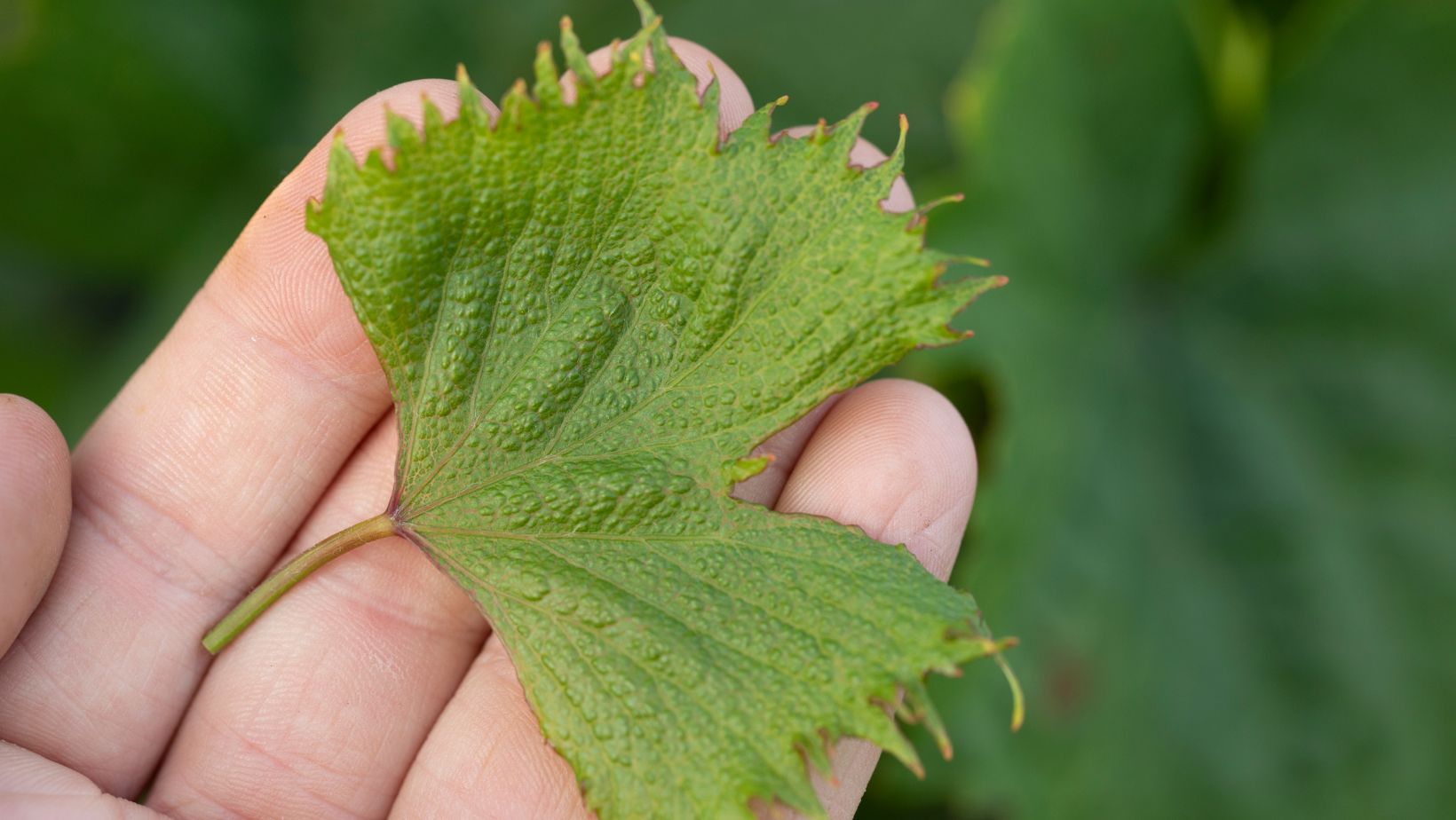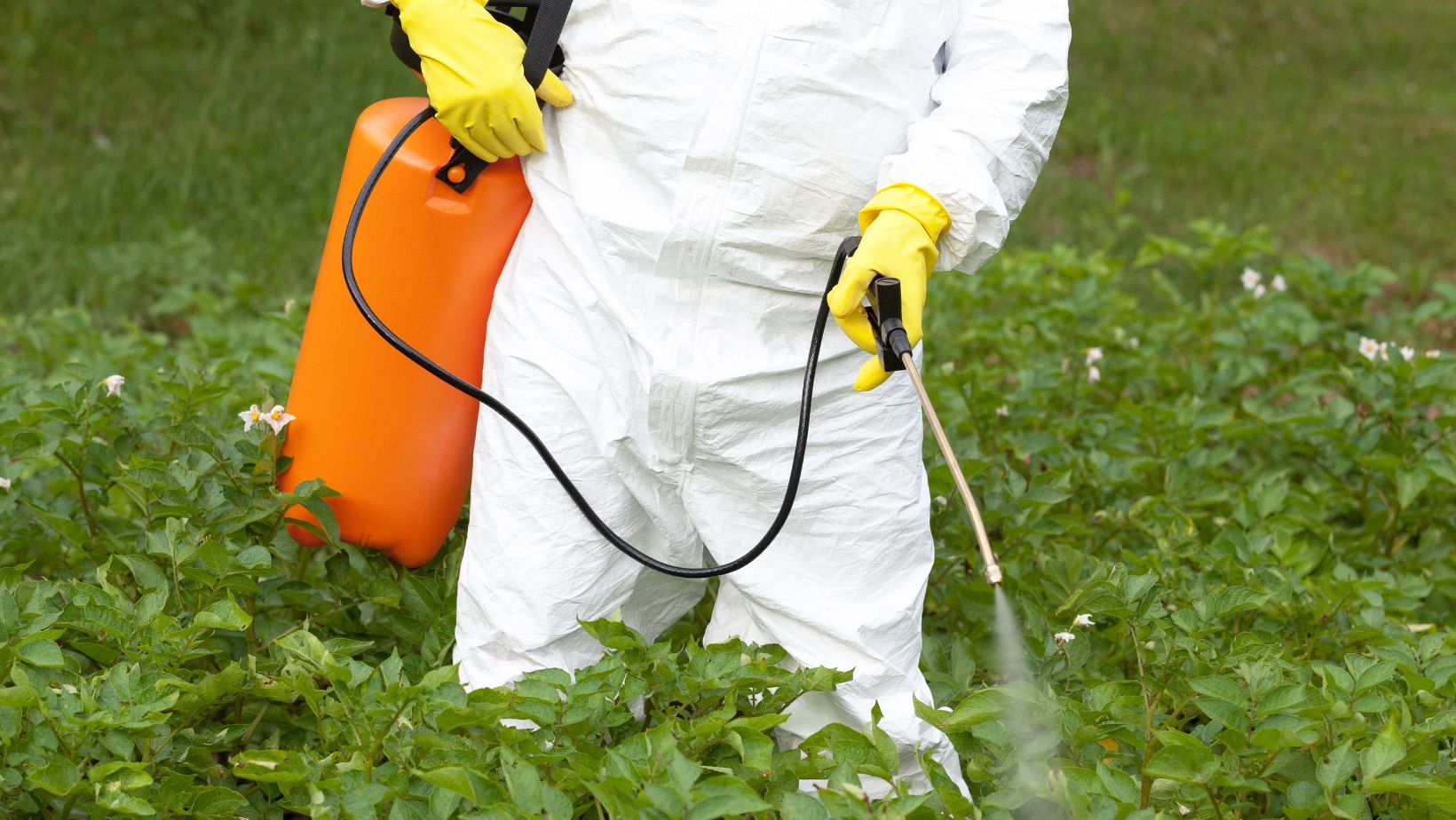
A lush and tidy yard contributes to the beauty and value of your property, and the lawn plays a major role in it. To make this green surface look good, it takes a lot of time, money, and effort. You need to take care of it regularly, which includes watering, mowing, fertilizing, and weed removal.
Anyone who pays enough attention to yard maintenance has the right tools and garden supplies for smooth lawn upkeep. Weeds are the most common problem you probably struggle with every year, so you must use reliable products to fight against the archenemy of your lush lawn.
If you have prepared the land and just sown the grass, the weeds will not pop up immediately. But if you don’t act on time, expect the sprouts very soon. What can help you stop their growth in the germination phase is a pre emergent herbicide, an effective weed killer that destroys unwanted greenery while still seedlings.
Timing, Application, and Best Practices of Pre-Emergent Herbicides
As their name suggests, pre-emergents are herbicides you should apply to your lawn before plant activity begins. The point is to stop unwanted plants before they take over the ground. If that happens, this seasonal grass will soak up all water and nutrients from the soil and thus prevent the growth and development of grass blades.
Early Action, Lasting Results: The Science Behind Pre-Emergent Herbicide Efficacy
Different types of weed killers include chemicals that target unwanted greenery in your yard. Pre-emergent herbicides generally contain prodiamines or dithiopyr, both working on different weed types.
The first chemical gives the best results when used for lawn preparation, while the second one is effective when you use it both before and after weed occurrence. Very often, these products also contain fertilizers that will improve the appearance and condition of your lawn.

This herbicide creates a protective layer in the soil between the lawn and the weed seeds. This prevents their development and root growth. Also, these products release enzymes that stop seeds from sprouting, which means they won’t get enough nutrients to develop, so they die at an early stage.
How to Use Pre-Emergent Herbicides
Pre-emergents are available on the market in the form of liquids and granules. You have to apply the product evenly to your lawn. For granulated herbicide, you will need a hand-spreader, while for liquid weed killer, you can use a hand-sprayer. Liquid products usually mix with water in a ratio stated on the label.
After applying this herbicide, you must dampen the lawn because water helps even the distribution of chemicals through the soil and thus improves weed removal. In case of expected rainfall, apply pre-emergent before the rain starts. It’s desirable not to mow and aerate the lawn for at least 48 hours after this treatment.
More tips on proper lawn care are explained below:
https://www.homestolove.com.au/lawn-care-tips-australia-9902
It is very important to use the right amount of herbicide for your lawn. If you overdo it and apply too much product, it won’t improve its effectiveness, but it can cause damage to your lawn. Large amounts of these chemicals can cause the grass to weaken, turn yellow, and eventually die.
When to Apply Pre-Emergent Herbicide
Each herbicide has a timely-limited action for weed removal. Pre-emergents are effective for about three to five months, after which it’s necessary to either repeat the treatment or use another product to treat intruding plants in your yard. You will achieve the best effects if you use pre-emergent herbicides according to the type of weed.
For example, for plants that sprout in the spring, it is best to apply this treatment before the vegetation season. It can be in early spring or at the very end of winter. Depending on the product, you may need to repeat the dose after a few weeks.
For plants that pop up during the summer, such as crabgrass, goosegrass, and chickweeds, pre-emergents should be used in early summer. During the winter, weeds don’t grow, but it is desirable to repeat weed removal treatment during colder seasons. That way, you’ll prevent the possible appearance of weeds in early spring if the temperatures are high enough.
Another thing to pay attention to when you decide on when to apply pre-emergents is related to soil temperature. Use a thermometer two inches into the soil to measure the temperature. For summer weed, use pre-emergents when the soil temperature in spring reaches 55-60 degrees Fahrenheit for five days in a row. For autumn treatment, wait until the soil temperature is around 70 degrees.
How to Choose the Best Pre-Emergent Herbicide
There are different types of pre-emergent herbicides on the market. To choose a product that will effectively solve your weed problem, you have to know what type of green intruders you deal with. So you have to identify and meet your “enemy” first to know what means to use against them.
Another factor to consider is lawn size and soil type. For smaller areas, granulated herbicide is suitable because it’s easy to distribute with hand-spreaders. Liquid herbicides work for larger areas and soil types that don’t need too much water.
As for soil type, be sure to read the label to confirm that the specific product is suitable for the particular soil type in your yard. More tips on keeping weeds in your lawn under control are on this page.
Some herbicides are quite aggressive, so be sure to confirm that they are safe for the type of grass in your lawn. Also, if you have kids and pets that often run around, look for products that are safe for humans and animals. Also, always read the instructions and wear protective gloves, goggles, and a mask when applying pre-emergents to your lawn.
To keep weeds under control, you need pre-emergent herbicides. But you should never use them without first being familiar with their way of working, use, and effects. If you have decided to include these herbicides in your lawn care, get enough information about this weed killer and understand the best practices to increase their effectiveness.






